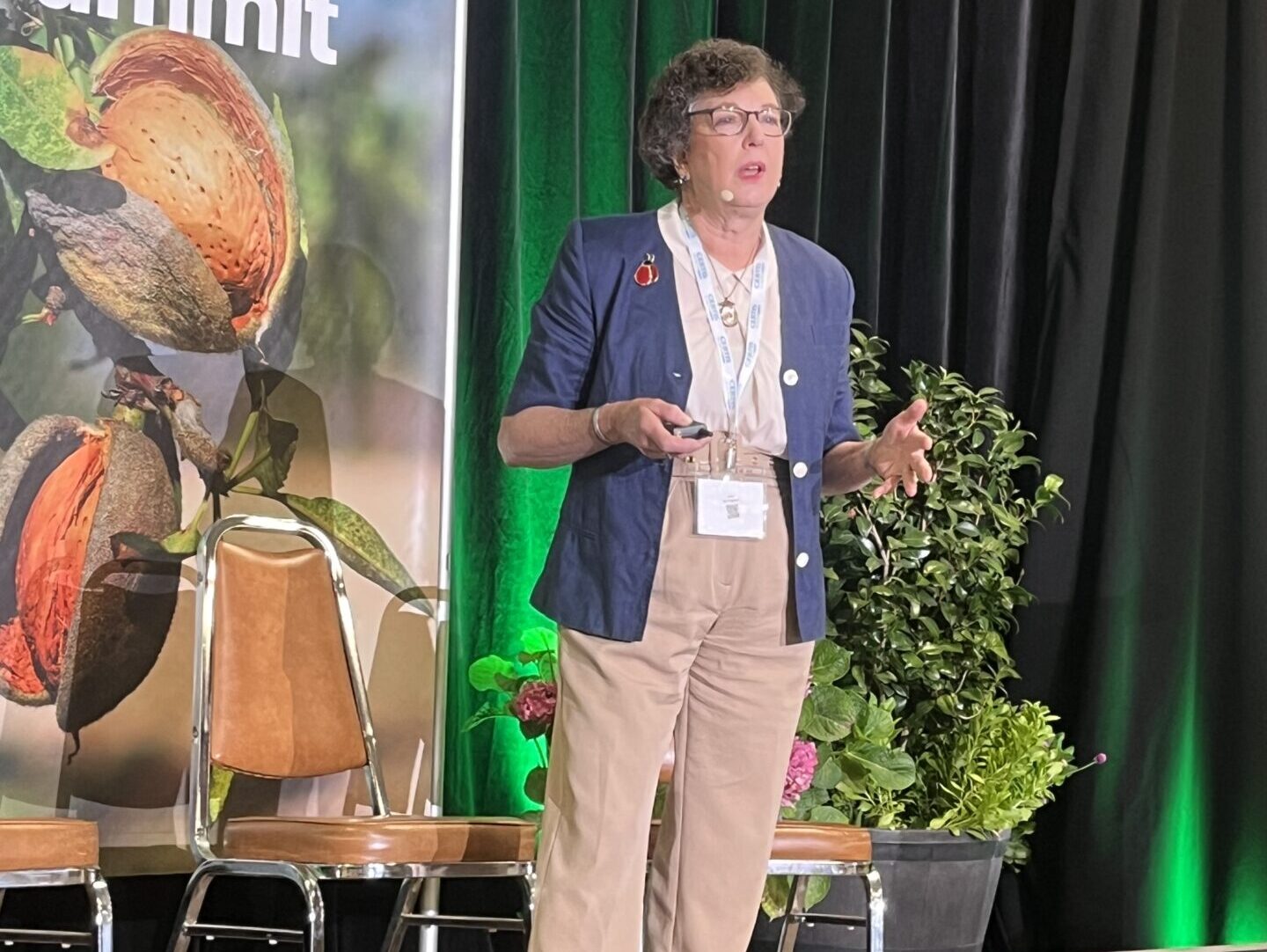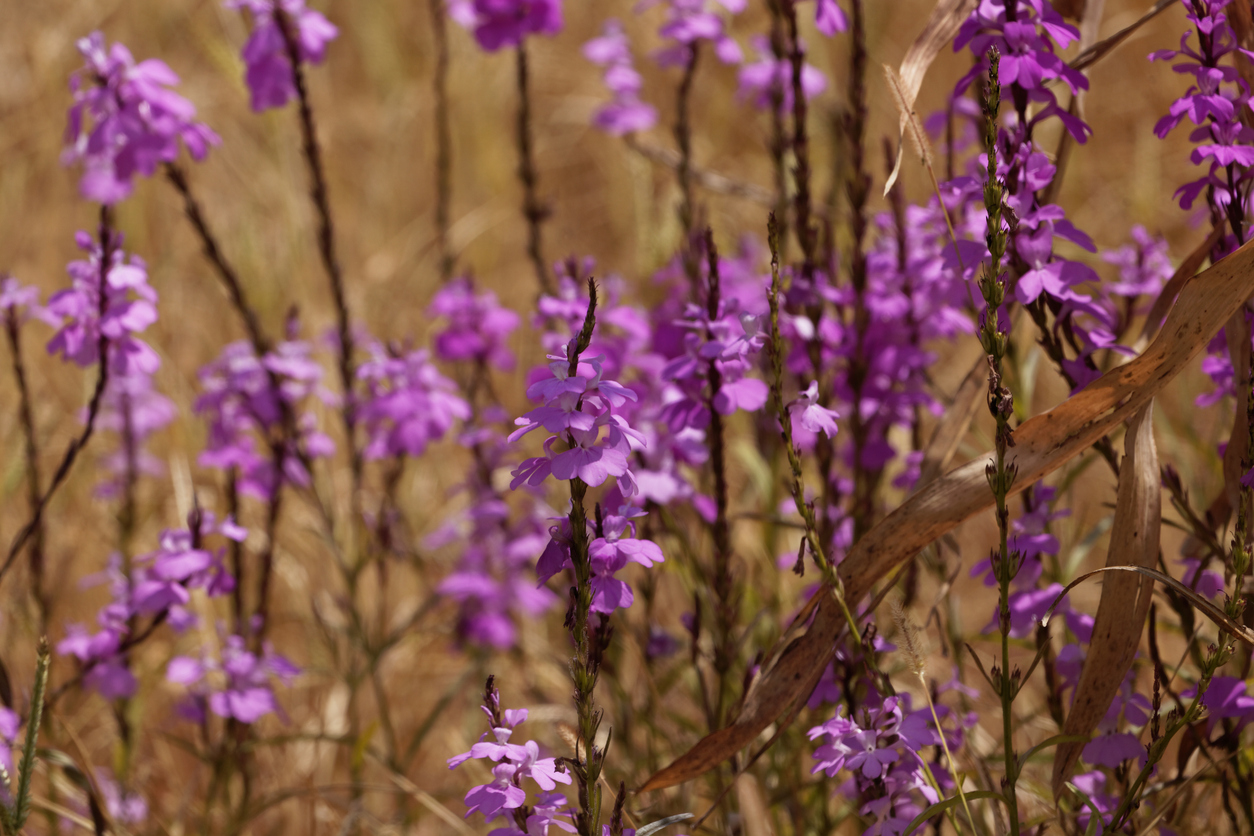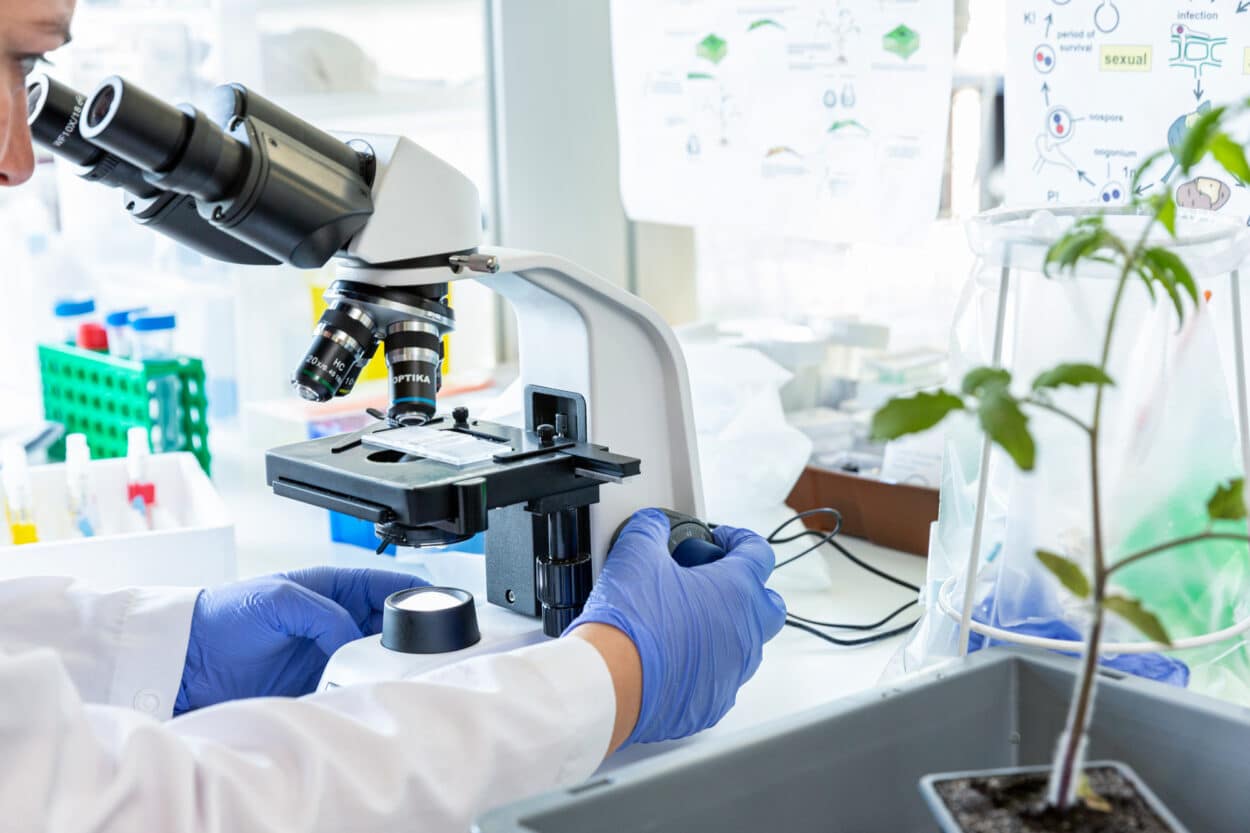
As weed resistance and chemical restrictions reshape modern agriculture, one might expect bioherbicides—weed killers derived from natural organisms—to be booming. Yet, despite the growing demand for sustainable crop protection, the bioherbicide sector still trails behind other biological categories like biopesticides and biofertilizers.
“It’s the technical challenges of getting something that can compete with low-cost herbicides,” says Dr. Pam Marrone, cofounder and executive chair of the Invasive Species Corporation and one of the early pioneers of agricultural biologicals. “Conventional herbicides like glyphosate cost less than $10 per acre. Replicating that level of affordability and effectiveness is extremely difficult.”

Cost and performance: the twin barriers
For startups and established players alike, the primary obstacles are cost and field performance. “The entire ag industry has struggled to crack bioherbicides,” admits Dr. Virginia Corless, CEO of UK-based Moa Technology. “Scaling up production affordably is one challenge. But the bigger issue is finding bioherbicides that perform consistently and effectively under real-world conditions.”
The urgency is clear. Globally, scientists have documented over 500 cases of herbicide-resistant weeds, spanning 21 of the 31 known herbicide sites of action and 168 different herbicides. As traditional chemical solutions lose efficacy, researchers see an opportunity for biologicals to fill the gap.
Bioherbicides, unlike synthetic chemicals, are derived from microbes, fungi, or plant-based compounds, often targeting specific biological processes in weeds while posing fewer risks to non-target species. Despite this, they currently account for less than 10% of the crop protection market, underscoring both the promise and limitations of this emerging field.
The promise of biological amplifiers
Moa Technology’s approach centers on discovering new “modes of action” (MoAs) through its proprietary GALAXY platform. In the process, Moa’s researchers identified a class of molecules known as amplifiers—compounds that aren’t herbicidal on their own but can enhance the performance of existing herbicides.
“Farmers could use lower doses of herbicides when mixed with an amplifier,” explains Corless, “or combine them to overcome resistant weed populations. This could significantly reduce synthetic chemical usage.”
Earlier this year, Moa partnered with Gowan, a major agricultural services company, to develop amplifiers for specific active ingredients. Corless says the collaboration signals a “vast market opportunity” for agrochemical firms seeking to extend product lifecycles while supporting sustainability goals.
“Gowan recognized immediately how amplifiers could benefit both farmers and the environment,” she adds.

A grassroots solution in Africa
In regions like sub-Saharan Africa, where access to commercial herbicides is limited and costly, innovative bioherbicide models are emerging from necessity. One such effort is The Toothpick Project, founded in Kenya to combat Striga, a parasitic weed that devastates staple crops like maize, rice, and sorghum.
“We’re dealing with a pathogen that can deposit thousands of seeds and stay dormant in soil for decades,” explains Clair Baker, director of the initiative.
The project employs a strain of the naturally occurring fungus Fusarium oxysporum, which is cultured on sterile wooden toothpicks. Farmers use these toothpicks to inoculate cooked rice, creating a live fungal treatment that can be planted alongside maize seeds.
Recently, The Toothpick Project received an Early Test & Transition grant from the Global Innovation Fund to expand its “Kichawi Kill” bioherbicide beyond Kenya to Nigeria and Tanzania, where Striga threatens more than 20 million people. The group has also developed a seed coating formulation, enabling wider distribution through local agro-shops and NGOs.
“This innovation is shelf-stable and affordable,” Baker says. “We’re now looking toward scaling in the United States, where farmers are eager for sustainable weed management options.”
Technology’s role in accelerating discovery
Across the industry, advances in AI, machine learning, and genomics are beginning to shorten development timelines for biologicals. “All the new tools in bioinformatics and genome mining save enormous time and resources,” notes Dr. Marrone.
Companies like Micropep are harnessing AI-powered platforms to identify micropeptides that can control weeds, while MicroMGx uses microbial mining to locate natural metabolites with herbicidal potential. BindBridge explores molecular glues—compounds that bring proteins together—to induce weed-killing effects.
Meanwhile, WeedOut, an Israeli agtech firm, takes an entirely different path: it uses weed pollen during the flowering period to prevent the production of viable seeds. Successful trials in the U.S. and Israel suggest this bioherbicide approach could become a commercial reality.

Changing agricultural mindsets
Despite these promising developments, experts agree that bioherbicides won’t succeed through technology alone. Shifts in agricultural practices and regulatory environments will be essential to drive widespread adoption.
Dr. Marrone points to lessons from Europe, where stricter crop-input regulations and regenerative agriculture policies have encouraged farmers to diversify weed control strategies. “Control weeds before they set seed. Manage the seed bank. Improve soil health—these are the foundations,” she says.
By contrast, the United States remains “chemically dominated,” but Marrone believes that resistance pressures and environmental demands will push the industry toward more sustainable weed control systems.
“Every organic farmer I talk to in the U.S. wants better, lower-cost options,” she adds. “Weed control is their number one complaint.”
The evolution of bioherbicides, then, is not merely about replacing chemicals—it’s about integrating biology, data science, and farmer practicality into a coherent system that can sustain yields while reducing environmental impact.
If innovators can align cost, consistency, and scalability, the long-delayed bioherbicide revolution might finally take root.
